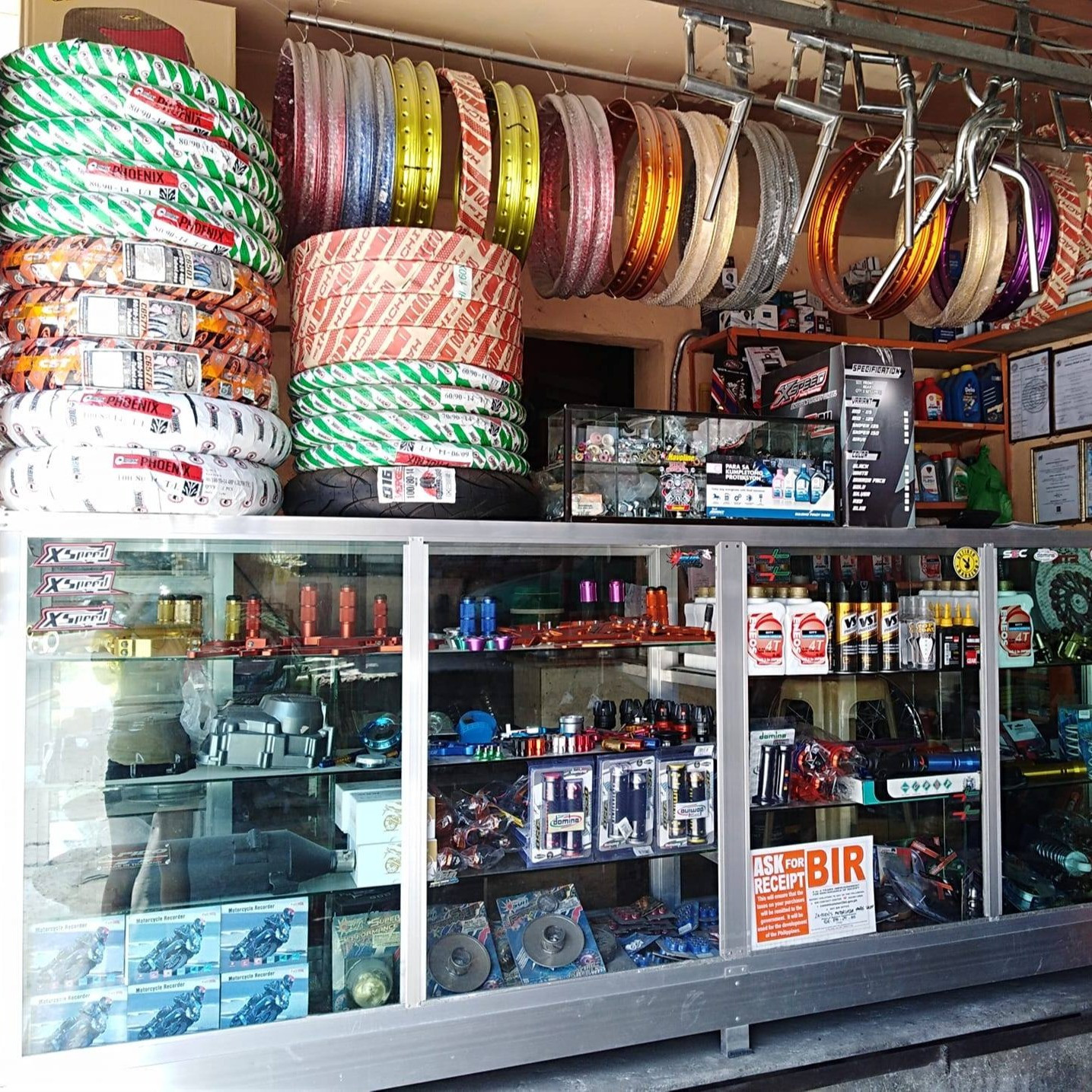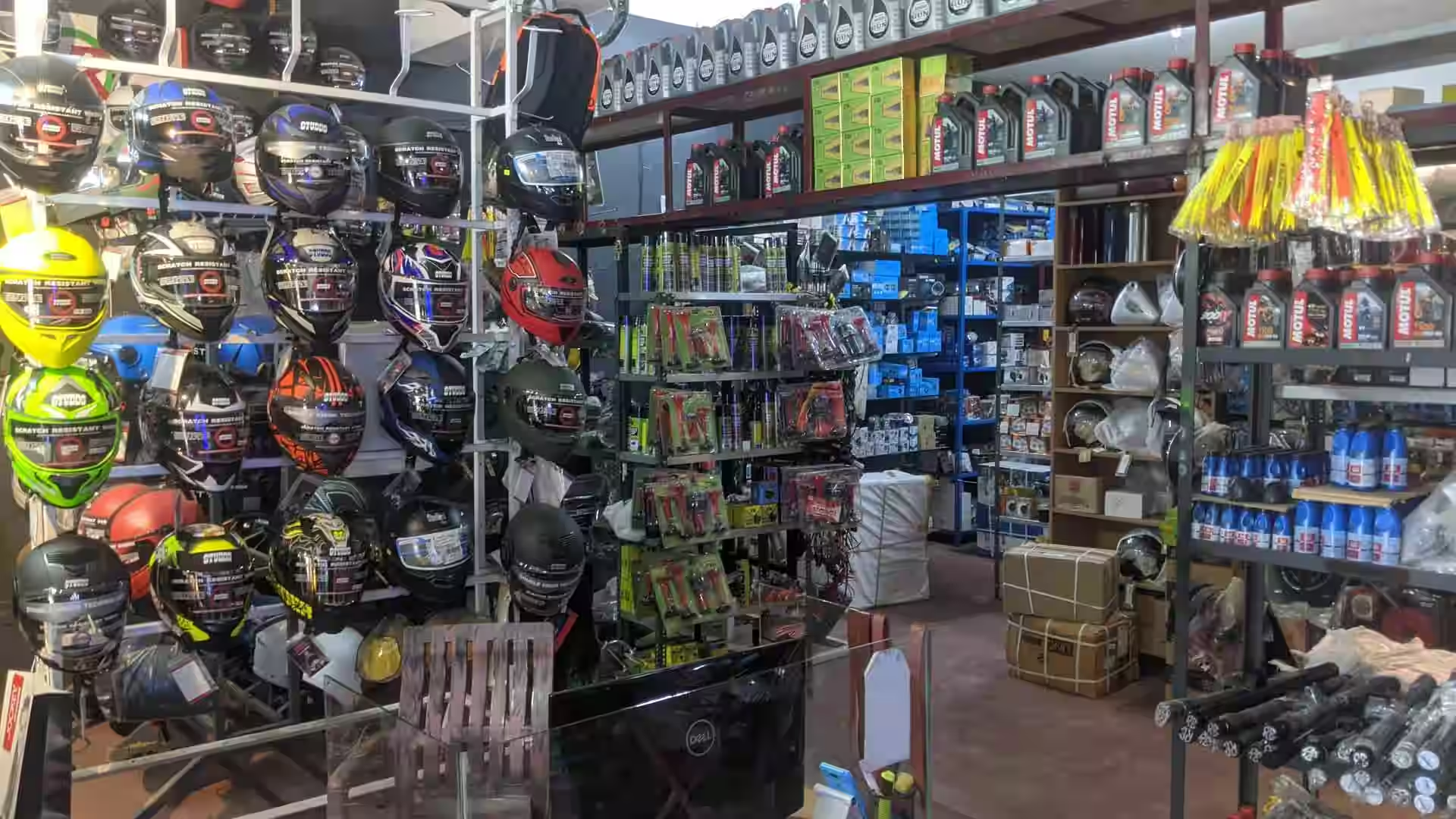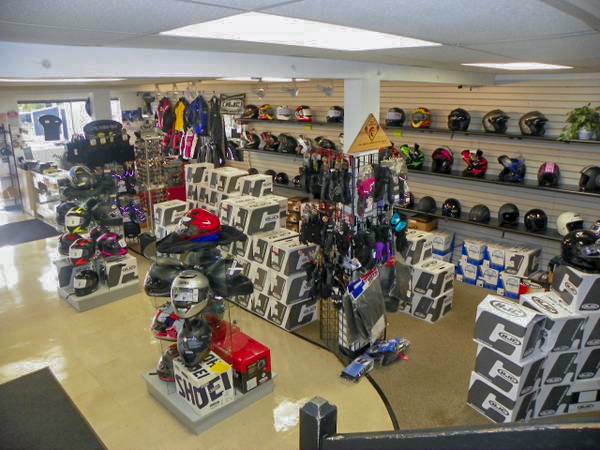Visit Our Motorcycle Shop for Specialist Guidance and Top Quality Products
Visit Our Motorcycle Shop for Specialist Guidance and Top Quality Products
Blog Article
A Comprehensive Appearance at Motorcycle Components: What Every Biker Ought To Know
A thorough understanding of bike components is not just valuable but essential for any biker intending to make best use of performance and security. Each element, from the engine's complex functions to the reliability of brake systems, plays a pivotal function in the total experience and functionality of the bike.
Comprehending the Engine
The engine, often considered the heart of a bike, is a complicated assembly of parts that operate in consistency to convert fuel right into activity. At its core, the engine's primary feature includes the combustion procedure, where air and gas mix and stir up within the cylinders, resulting in controlled surges that drive the pistons. These pistons move up and down, transforming chemical energy right into power, which consequently turns the crankshaft, eventually powering the bike.

Recognizing the complexities of a bike engine is essential for riders and fanatics alike. It not only provides insight into just how motorcycles achieve their outstanding power and speed but likewise help in reliable maintenance and troubleshooting, making sure longevity and dependability when traveling.
Suspension Systems
While the engine powers the motorbike, the shock absorber plays a vital function in making certain a smooth and controlled experience. The suspension system is accountable for absorbing shocks from the road surface area, maintaining tire contact, and offering security throughout cornering and braking. It makes up 2 major components: the front forks and the back shock absorbers.
Front forks are normally telescopic, wetting and containing a springtime device. The springtime presses and expands to soak up bumps, while the moistening system regulates the movement to avoid too much jumping. This combination ensures the front wheel remains in call with the roadway, using superior handling and comfort.
The back suspension, normally a monoshock or twin-shock arrangement, functions in a similar way to the front suspension however is tailored to sustain the motorcycle's weight and motorcyclist - motorcycle shop. It handles back wheel activity, adding to the bike's overall equilibrium and responsiveness
Suspension systems can be adjustable, enabling cyclists to fine-tune preload, compression, and rebound settings according to personal preferences and riding conditions. This adjustability improves performance by optimizing the motorbike's interaction with diverse terrains. In recap, a reliable shock absorber is crucial for cyclist comfort, safety and security, and the bike's managing prowess.
Brake Components
Quiting power is an essential aspect of bike safety, and it hinges on the efficiency of the brake parts. The main aspects of a bike's braking system include the brake pads, calipers, rotors, and master cylinder. motox parts nz. Each of these elements plays a vital duty in making sure reliable stopping efficiency
Brake pads are necessary as they create the needed friction against the blades to reduce down or stop the bike. Constructed from materials such as sintered steel or natural composites, the selection of brake pad material considerably affects efficiency and durability. Calipers, housing the brake pads, use stress to the pads when the brake bar is involved, promoting call with the rotors.
The rotors, typically made from stainless-steel or actors iron, are installed to the wheels and function as the surface area versus which the brake pads press. Their layout, including diameter and thickness, affects warmth dissipation and stopping power. The master cylinder, connected to the brake bar, generates hydraulic pressure transferred with brake lines to the calipers, ensuring regular braking Check This Out pressure.
Routine upkeep and examination of these parts are vital for optimum efficiency, stopping wear and making motorcycle saddlebags certain rider safety when driving.
Tire Basics
Beyond keeping robust braking systems, guaranteeing ideal tire performance is similarly significant for bike security and performance. Tires are the sole call point between the roadway and the motorcycle, making their problem essential in taking care of, stability, and overall trip quality.

Additionally, consider the tire's age. Rubber compounds break down over time, even if walk appears appropriate. Check the sidewall for the DOT (Division of Transport) code to determine the tire's age. Generally, substitute is encouraged every five years, no matter wear. Investing attention in these tire basics not only maximizes efficiency but additionally substantially enhances riding safety and security.
Electrical Systems
In the realm of motorcycle maintenance, the electrical system plays a vital duty in ensuring reputable efficiency and motorcyclist safety and security. This detailed network incorporates crucial parts such as the battery, generator, starter electric motor, and circuitry harness. Each component is crucial for the smooth procedure of the motorcycle, from ignition to lighting and interaction with numerous sensing units.
The battery functions as the heart of the electrical system, providing the necessary power to start the engine and run devices. Regularly examining the battery's voltage and terminals for deterioration is vital to avoid unforeseen failures. The generator, on the various other hand, charges the battery while the engine is running, guaranteeing a continuous power supply.
The starter motor is accountable for starting engine operation, transforming electric energy into power. To keep it, riders ought to pay interest to any kind of uncommon noises or troubles during start-up. Meanwhile, the electrical wiring harness serves as the car's nerve system, attaching all electrical parts. Guaranteeing that the cords are intact and complimentary from damages is important for stopping brief circuits and guaranteeing performance.
Final Thought

Quiting power is a basic facet of motorcycle safety, and it pivots on the efficiency of the brake parts. The main aspects of a motorcycle's braking system consist of the brake pads, calipers, this hyperlink rotors, and master cyndrical tube.Brake pads are vital as they produce the needed rubbing against the blades to slow down or quit the motorcycle.Beyond maintaining robust braking systems, making certain ideal tire efficiency is equally considerable for motorcycle security and performance.In the realm of bike maintenance, the electrical system plays a critical role in guaranteeing dependable efficiency and cyclist safety.
Report this page